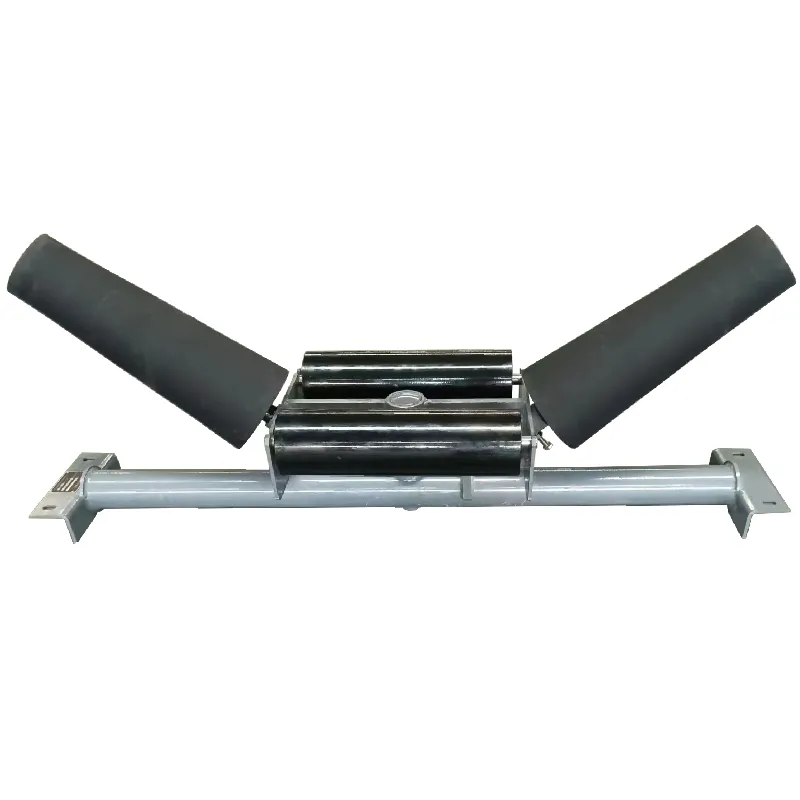 Afrikaans
Afrikaans  Albanian
Albanian  Amharic
Amharic  Arabic
Arabic  Armenian
Armenian  Azerbaijani
Azerbaijani  Basque
Basque  Belarusian
Belarusian  Bengali
Bengali  Bosnian
Bosnian  Bulgarian
Bulgarian  Catalan
Catalan  Cebuano
Cebuano  Corsican
Corsican  Croatian
Croatian  Czech
Czech  Danish
Danish  Dutch
Dutch  English
English  Esperanto
Esperanto  Estonian
Estonian  Finnish
Finnish  French
French  Frisian
Frisian  Galician
Galician  Georgian
Georgian  German
German  Greek
Greek  Gujarati
Gujarati  Haitian Creole
Haitian Creole  hausa
hausa  hawaiian
hawaiian  Hebrew
Hebrew  Hindi
Hindi  Miao
Miao  Hungarian
Hungarian  Icelandic
Icelandic  igbo
igbo  Indonesian
Indonesian  irish
irish  Italian
Italian  Japanese
Japanese  Javanese
Javanese  Kannada
Kannada  kazakh
kazakh  Khmer
Khmer  Rwandese
Rwandese  Korean
Korean  Kurdish
Kurdish  Kyrgyz
Kyrgyz  Lao
Lao  Latin
Latin  Latvian
Latvian  Lithuanian
Lithuanian  Luxembourgish
Luxembourgish  Macedonian
Macedonian  Malgashi
Malgashi  Malay
Malay  Malayalam
Malayalam  Maltese
Maltese  Maori
Maori  Marathi
Marathi  Mongolian
Mongolian  Myanmar
Myanmar  Nepali
Nepali  Norwegian
Norwegian  Norwegian
Norwegian  Occitan
Occitan  Pashto
Pashto  Persian
Persian  Polish
Polish  Portuguese
Portuguese  Punjabi
Punjabi  Romanian
Romanian  Russian
Russian  Samoan
Samoan  Scottish Gaelic
Scottish Gaelic  Serbian
Serbian  Sesotho
Sesotho  Shona
Shona  Sindhi
Sindhi  Sinhala
Sinhala  Slovak
Slovak  Slovenian
Slovenian  Somali
Somali  Spanish
Spanish  Sundanese
Sundanese  Swahili
Swahili  Swedish
Swedish  Tagalog
Tagalog  Tajik
Tajik  Tamil
Tamil  Tatar
Tatar  Telugu
Telugu  Thai
Thai  Turkish
Turkish  Turkmen
Turkmen  Ukrainian
Ukrainian  Urdu
Urdu  Uighur
Uighur  Uzbek
Uzbek  Vietnamese
Vietnamese  Welsh
Welsh  Bantu
Bantu  Yiddish
Yiddish  Yoruba
Yoruba  Zulu
Zulu main parts of belt conveyor
Main Parts of a Belt Conveyor
Belt conveyors are essential components in various industries, serving as a vital link for material handling and transport. These mechanical systems have transformed the way products are moved from one location to another, offering increased efficiency and reliability. Understanding the main parts of a belt conveyor is crucial for anyone involved in material handling, production, or logistics. In this article, we will explore these essential components and their roles in the overall functioning of a belt conveyor.
1. Conveyor Belt The conveyor belt is the most visible and critical part of the system. Made from a variety of materials including rubber, fabric, and metal, the belt’s design varies depending on the application's specific needs, such as the weight of the materials being transported, temperature conditions, and potential exposure to chemicals. The belt operates continuously, moving material along the conveyor’s length while maintaining the required tension and stability.
2. Pulley Pulleys are rotating devices that transfer motion and redirect the belt. There are typically two types of pulleys in a belt conveyor system head pulleys and tail pulleys. The head pulley is located at the discharge end and drives the belt, while the tail pulley is found at the loading end and serves as a support for the belt. Both pulleys are fitted with bearings that facilitate smooth rotation and reduce friction.
3. Frame The frame provides structural support to the entire conveyor system. Usually made from steel or aluminum, the frame’s design and material are chosen based on the environment in which the conveyor operates and the loads it carries. It holds the components in place while ensuring that the system remains sturdy and stable during operation.
main parts of belt conveyor

4. idlers Idlers are crucial elements that support the belt along its length. They are typically cylindrical rollers positioned at regular intervals to minimize belt sagging and support the material load. Idlers help in maintaining the belt’s alignment and provide a surface for it to move over, reducing friction and wear. Regular maintenance of idlers is essential to ensure they function correctly and prolong the conveyor’s lifespan.
5. Drive Unit The drive unit is responsible for powering the conveyor belt. It usually consists of an electric motor connected to a gearbox that reduces speed while increasing torque. The drive unit is critical in ensuring that the belt moves consistently and at the required speed for the material handling process. Proper maintenance of the drive unit is vital to prevent breakdowns and ensure smooth operation.
6. Tensioning System A tensioning system maintains the correct tension in the conveyor belt, preventing slippage or excessive wear. There are various types of tensioning systems, including manual and automatic systems. Proper tension is crucial; too much tension can lead to premature belt wear, while too little tension may cause the belt to slip off the pulleys.
7. Control System The control system integrates various operational components of the conveyor, allowing for automated functioning and monitoring. This system typically includes sensors, motors, and programmable logic controllers (PLCs) that enable operators to control speed, detect jams, and coordinate the operation with other machinery. A well-designed control system enhances efficiency and safety.
Conclusion In summary, the main parts of a belt conveyor play significant roles in its functionality, efficiency, and longevity. Each component—from the conveyor belt and pulleys to the frame and tensioning system—contributes to the smooth operation of material handling processes in industries ranging from manufacturing to logistics. Understanding these components is essential for ensuring effective maintenance, operation, and troubleshooting of belt conveyor systems. As technology continues to evolve, advancements in these components will likely lead to even greater efficiencies and capabilities in material handling systems.
-
Revolutionizing Conveyor Reliability with Advanced Rubber Lagging PulleysNewsJul.22,2025
-
Powering Precision and Durability with Expert Manufacturers of Conveyor ComponentsNewsJul.22,2025
-
Optimizing Conveyor Systems with Advanced Conveyor AccessoriesNewsJul.22,2025
-
Maximize Conveyor Efficiency with Quality Conveyor Idler PulleysNewsJul.22,2025
-
Future-Proof Your Conveyor System with High-Performance Polyurethane RollerNewsJul.22,2025
-
Driving Efficiency Forward with Quality Idlers and RollersNewsJul.22,2025





























